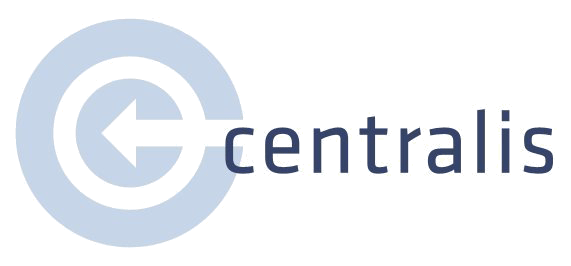Home > What We Offer > UX Strategy & Design > Information Architecture
Organize your content intuitively and efficiently.
Information architecture is the underlying structure of a digital system. It determines how content is organized, which labels are used to describe various categories, and how users move through the structure. Our design process begins with a careful inventory of your system’s content, followed by testing to determine the best way to organize that content. We provide recommendations via a final illustration of the optimal hierarchy, reflected in a navigation system. This design method is informed by research both before and after we develop our proposed structure.
We help answer questions like:
What’s the best way to organize our information?
What is the fundamental organizing principle for our content in our users’ minds?
What’s the best way to integrate all our digital properties into a holistic user experience?
How can we design a navigation system that helps users find what they need?
How can we govern and manage our internal content creation process?
How should we order the steps in our process so that users can complete them quickly and easily?
What can I expect from information architecture design with Centralis?
We leverage our user-centered process and extensive experience to organize your information to best meet your business goals.
User-Driven Approach
We bring users in before, during, and after the design process to ensure that our solutions will work for them.
Attention to Detail
We leave no stone unturned when designing an information architecture. We love solving tough problems, and we will review all your components to design a structure that best accommodates them.
Clear Communication
We excel at explaining the final structure to anyone and everyone on your team, using visuals, metaphors, and stories to effectively convey important details.
Business Emphasis
We internalize your business goals throughout this process, taking care to create a structure that works for users and your bottom line.
difference in orienting us as we prepare to design and develop our website."
- Centralis Client
FAQs about Information Architecture Design
What is information architecture?
Information architecture refers to how content is grouped into categories and how those categories are labeled. It is the art and science of organizing information to support usability and findability.
What makes an effective information architecture?
An effective information architecture enables users to find what they need and complete tasks quickly. This efficiency is made possible by understanding how your content fits together in a big-picture sense, and how different pieces relate to one another on a smaller scale.
What’s the difference between information architecture and navigation?
If your website is a house, the information architecture is the floor plan, and the navigation is how you move throughout the rooms. In other words, your information architecture is the set of categories into which you organize your content, and the navigation provides the links and labels that let you move from category to category.
Which research methods best inform the design of the information architecture?
We often build our designs using the results of card sorting studies and evaluate them using tree tests. Card sorting reveals how users would intuitively sort your content, and tree testing assesses users’ ability to find information given a specific structure. Read more about our card sorting and tree testing services.
More questions about information architecture?
Information Architecture Design in Action
Case Study: On a Mission
With over a million members, the Presbyterian Church (U.S.A.) is one of the largest religious organizations in the country. When a recent survey indicated that their website wasn’t effectively communicating this information to church members, PC(USA) turned to Centralis to combine their many organizations under one unified website.
Why Centralis
We have more than 20 years of experience and the numbers to prove it:
think about our members, this is the first step towards being a nimble organization."
- Centralis Client









